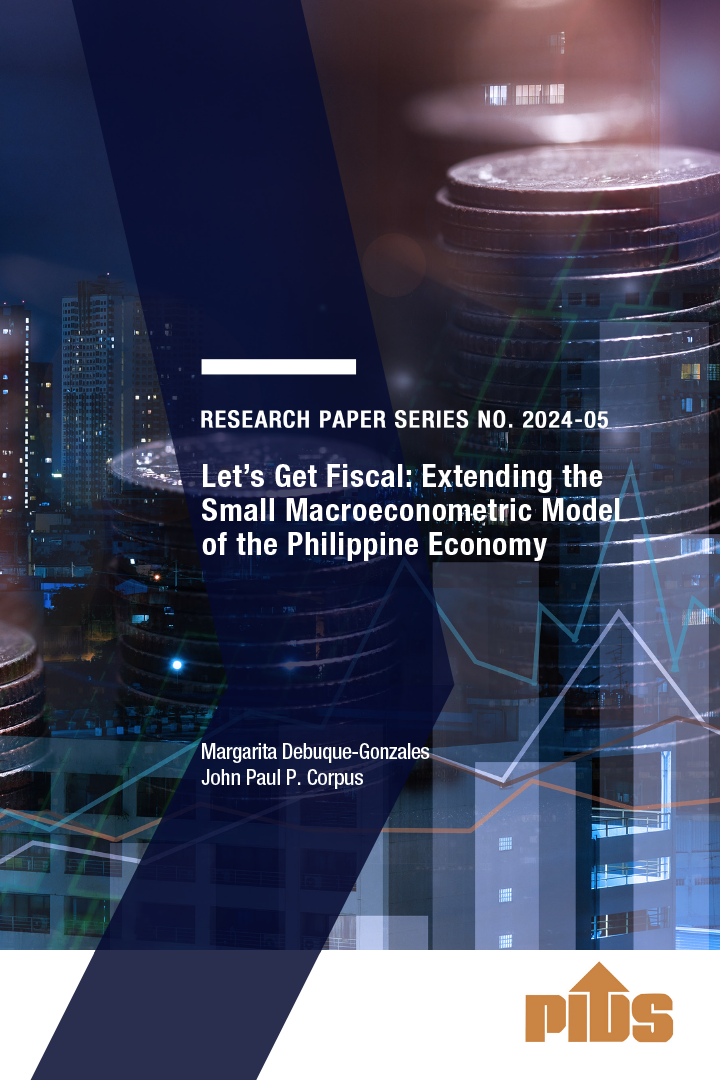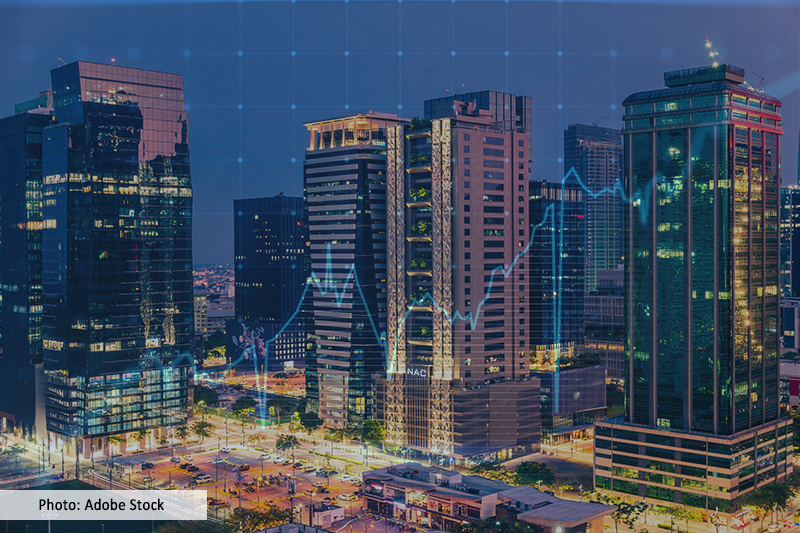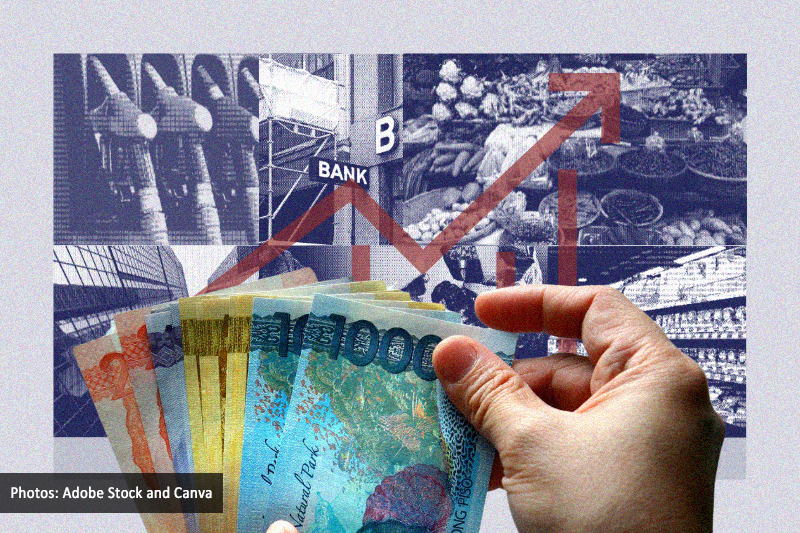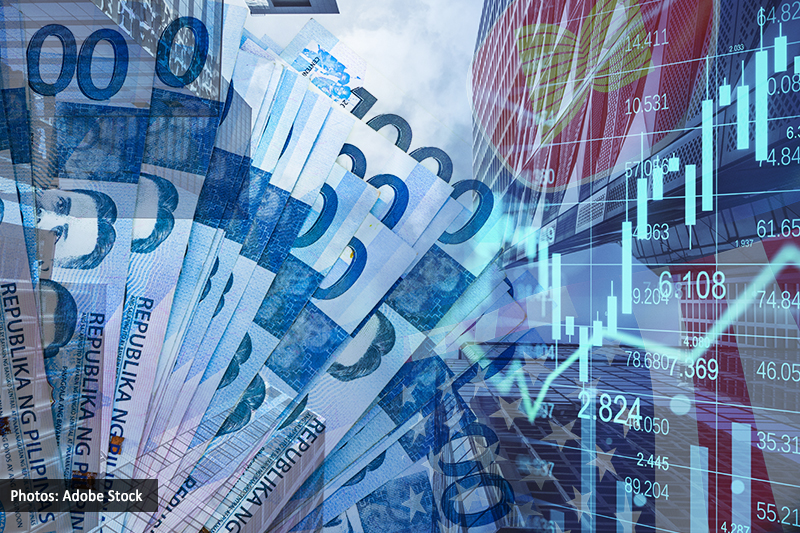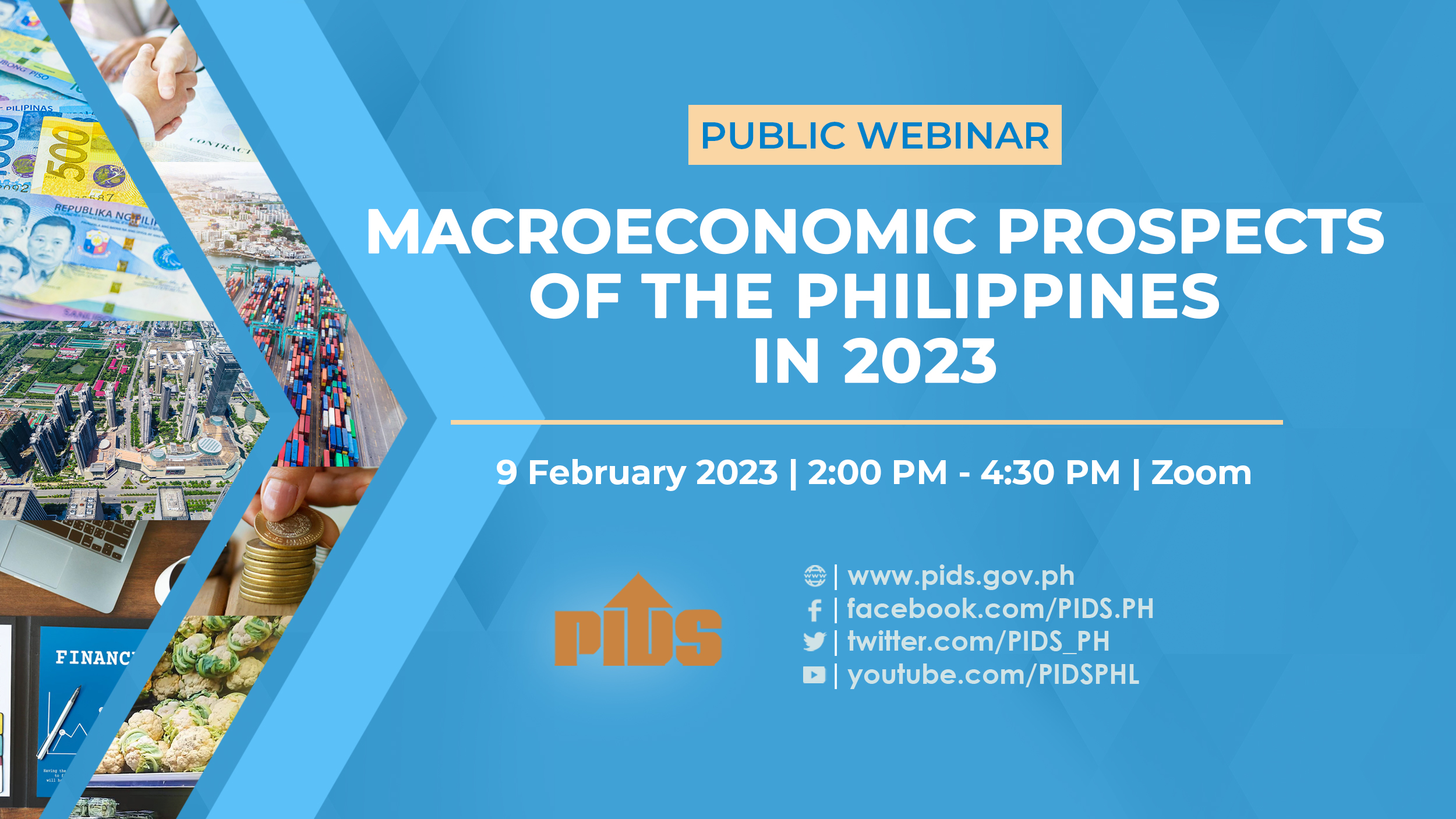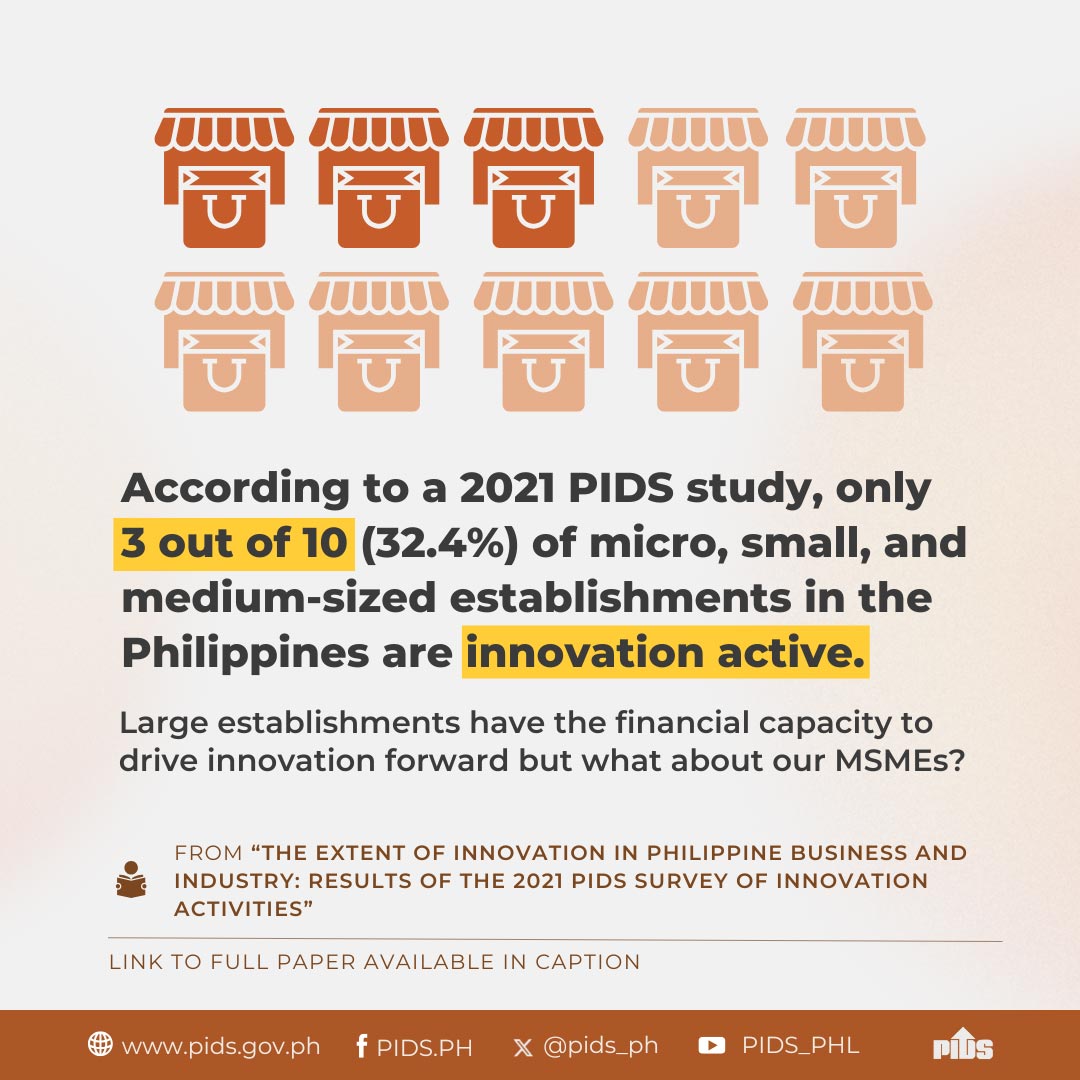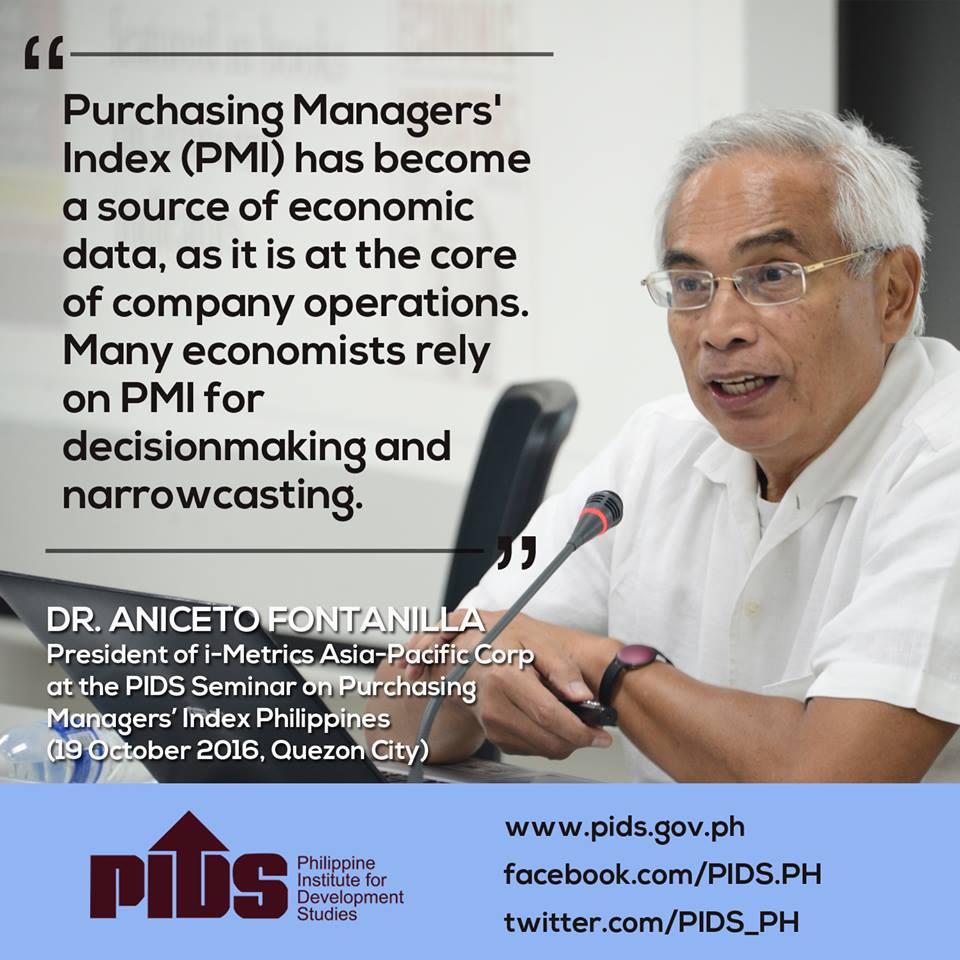
The health of business activities in the country could be used as an indicator in assessing the country's economic performance.
In his lecture at the Philippine Institute for Development Studies, Dr. Nick Fontanilla, president of i-Metrics Asia-Pacific Corporation, proposed the use of the Purchasing Managers' Index (PMI) as a leading economic and business indicator as well as a narrowcasting tool.
The PMI reflects purchasing managers' acquisition of goods and services each month as compared to the previous month. It is based on a survey conducted monthly among a random sample of top corporations engaged in manufacturing, retail and wholesale, and services. The PMI is determined by a national technical working group composed of statisticians, academicians, and the leaders from the country's top supply chains. In 2002, the Bangko Sentral ng Pilipinas asked the major companies and industries to participate in PMI surveillance, and they officially began consolidating the indicators in 2008.
The PMI started in 1931 during the Great Depression to provide the President of the United States and economic planners with up-to-date information on the health of economy, and supplement existing economic data. It was designed to provide reliable fact-based indicators each month covering all private sector economic activities.
At present, the Philippines is among the 38 countries conducting the PMI. All country PMIs use the same methodology and correlate very closely with comparable official data such as the gross domestic product. PMI is also among the most closely watched economic indicator in North America, Europe, and the Far East.
Fontanilla enumerated why the PMI is an important tool to for policymakers to make informed policy decisions.
"As an economic indicator, the PMI is one of the most closely watched surveys and is considered the most reliable activity-based indicator of national economic health. The Philippine PMI is drawn from the top 10,000 companies to reflect the total state of business activities in the country. The consolidated picture represents the core components of three major sectors: manufacturing, retail, and services," he explained.
Likewise, he pointed out that unlike the gross domestic product (GDP) figures, which are released every quarter, the PMI can give a monthly gauge of growth momentum. Fontanilla maintained that the PMI, which is being produced rapidly on a monthly basis, supplements the GDP data.
According to Fontanilla, the Philippine PMI ranked higher than most of its neighbors in 2016. The country has also posted the highest average of PMI in terms of expansion, outperforming all of its neighbors in Southeast Asia for the past nine months. In particular, PMI services exceeded well above the 50 point threshold indicating growth; it is performing well into the 60s.
The details of the PMI gives accurate prediction of where a country is headed economically – towards expansion or contraction. Fontanilla said it helps analysts detect problems by indicating aberrations in the pattern of economic activities. It also provides social dimension by validating employment trends across industries. "All of these are data that help economists create a valid image of national economic health for both policymakers and investors," said Fontanilla. ###
In his lecture at the Philippine Institute for Development Studies, Dr. Nick Fontanilla, president of i-Metrics Asia-Pacific Corporation, proposed the use of the Purchasing Managers' Index (PMI) as a leading economic and business indicator as well as a narrowcasting tool.
The PMI reflects purchasing managers' acquisition of goods and services each month as compared to the previous month. It is based on a survey conducted monthly among a random sample of top corporations engaged in manufacturing, retail and wholesale, and services. The PMI is determined by a national technical working group composed of statisticians, academicians, and the leaders from the country's top supply chains. In 2002, the Bangko Sentral ng Pilipinas asked the major companies and industries to participate in PMI surveillance, and they officially began consolidating the indicators in 2008.
The PMI started in 1931 during the Great Depression to provide the President of the United States and economic planners with up-to-date information on the health of economy, and supplement existing economic data. It was designed to provide reliable fact-based indicators each month covering all private sector economic activities.
At present, the Philippines is among the 38 countries conducting the PMI. All country PMIs use the same methodology and correlate very closely with comparable official data such as the gross domestic product. PMI is also among the most closely watched economic indicator in North America, Europe, and the Far East.
Fontanilla enumerated why the PMI is an important tool to for policymakers to make informed policy decisions.
"As an economic indicator, the PMI is one of the most closely watched surveys and is considered the most reliable activity-based indicator of national economic health. The Philippine PMI is drawn from the top 10,000 companies to reflect the total state of business activities in the country. The consolidated picture represents the core components of three major sectors: manufacturing, retail, and services," he explained.
Likewise, he pointed out that unlike the gross domestic product (GDP) figures, which are released every quarter, the PMI can give a monthly gauge of growth momentum. Fontanilla maintained that the PMI, which is being produced rapidly on a monthly basis, supplements the GDP data.
According to Fontanilla, the Philippine PMI ranked higher than most of its neighbors in 2016. The country has also posted the highest average of PMI in terms of expansion, outperforming all of its neighbors in Southeast Asia for the past nine months. In particular, PMI services exceeded well above the 50 point threshold indicating growth; it is performing well into the 60s.
The details of the PMI gives accurate prediction of where a country is headed economically – towards expansion or contraction. Fontanilla said it helps analysts detect problems by indicating aberrations in the pattern of economic activities. It also provides social dimension by validating employment trends across industries. "All of these are data that help economists create a valid image of national economic health for both policymakers and investors," said Fontanilla. ###

